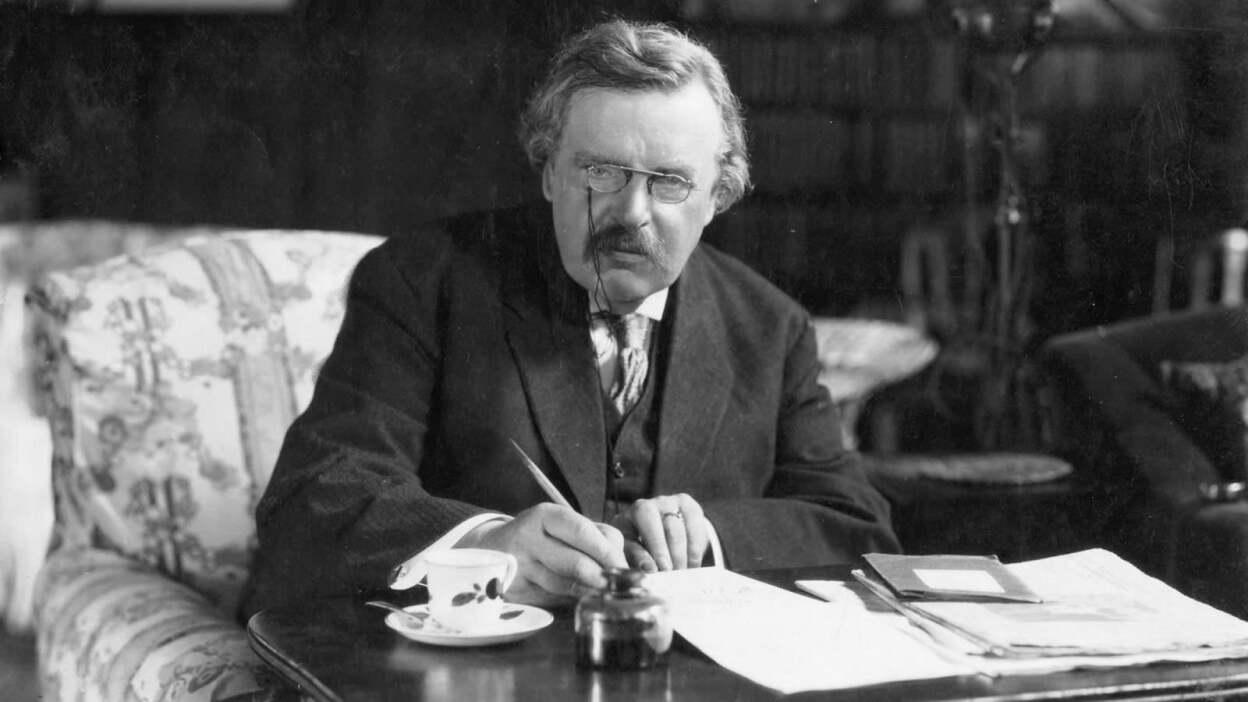Origin and Philosophy of Chesterton’s Fence
-
Named after the renowned writer and philosopher G.K. Chesterton, the principle of Chesterton’s Fence underscores the importance of fully understanding the reasons behind the existence of a system or structure before attempting to alter or dismantle it. The concept originates from Chesterton’s parable of a reformer who proposes removing a fence because they see no immediate use for it. However, they are advised not to proceed until they comprehend its purpose. This principle teaches that institutions and rules are rarely arbitrary; they arise to address specific needs or challenges, even if those needs are no longer apparent to modern eyes.
Chesterton’s insight calls for caution and humility in decision-making, reminding us that the wisdom of past generations often lies embedded in the systems they created. While innovation and reform are both necessary and valuable, doing so without appreciating the historical function of what currently exists risks unforeseen consequences. By respecting the logic of the past, one can reform with greater precision and effectiveness, avoiding the disruption that may arise from uninformed change. This narrative advocates not for blind adherence to tradition, but for thoughtful and informed adaptation.
- Involves a parable where a reformer is stopped from removing a fence without understanding its purpose.
- The principle is about not removing a structure until one comprehends why it was erected.
Philosophical Implications
- Highlights the importance of historical context and preserving the wisdom of past generations.
- Critiques the desire of modern reformers to change systems without a deep understanding.
- Urges respect for existing customs and institutions as they often encapsulate empirical wisdom.
Practical Applications
- Reforming systems without understanding can lead to unintended consequences.
- Examples include attempts to eliminate hierarchies in organizations without considering their necessity.
- A metaphor for ensuring comprehensive understanding before implementing changes.
Critiques and Misinterpretations
- Some may take it as a call to preserve the status quo rather than as a call to understand before changing.
-
Chesterton’s true intent was not to prevent change but to caution against uninformed reforms.
Chesterton’s original intent behind the concept of the “Fence” was to caution against uninformed and hastily enacted reforms. His argument was not that changes should never occur, but that they should only happen once the existing structure and its purpose were thoroughly understood. This principle suggests that even seemingly outdated systems or institutions often serve purposes that are not immediately apparent. Thus, wise reformers must practice patience and curiosity, exploring the historical and contextual reasons behind structures before deciding their fate.
In his illustrative parable, Chesterton critiques impulsive reformers who tear down what they do not fully comprehend, pointing out the potential consequences of such hasty actions. His philosophy highlights a thoughtful balance between preserving value and embracing progress. By understanding why past decisions were made, reformers not only avoid repeating mistakes but also ensure that any change they implement leads to meaningful and sustainable improvement. Through this lens, Chesterton’s Fence becomes a timeless guide for measured decision-making in any domain.
-
Named after renowned English writer G.K. Chesterton, the “Chesterton’s Fence” concept embodies a cautionary principle about understanding before reforming. Originating from a parable, it describes a reformer encountering a fence who impulsively wishes to dismantle it, not perceiving its purpose. A wiser counterpart intervenes, urging the reformer to first comprehend the fence’s rationale before acting. Chesterton highlights that the superficial absence of necessity does not confirm irrelevance. This underscores the need to respect the historical, cultural, or practical context behind enduring structures, institutions, or practices, advocating for thoughtful deliberation over hasty alterations.
In the broader perspective of political philosophy, “Chesterton’s Fence” serves as a lens to evaluate reforms with prudence. It discourages impulsive disruptions of established systems, encouraging patience and inquiry. Behind every existing construct—whether a law, tradition, or social norm—lies a historical intent or functional wisdom. By demanding critical analysis of why something exists, the principle deters naive modernity from repeating past mistakes. This framework is not a resistance to change but champions an informed evolution, leveling respect for inherited knowledge with the necessity of progressive improvement.
Contemporary Relevance
- Relevant in discussions about policy changes and social reforms.
- Encourages caution and thorough analysis before making legislative or structural changes.
- Promotes historical awareness and context in decision-making processes.
♠
Found a bug? Have some other thoughts on this tool? Let me know here →






